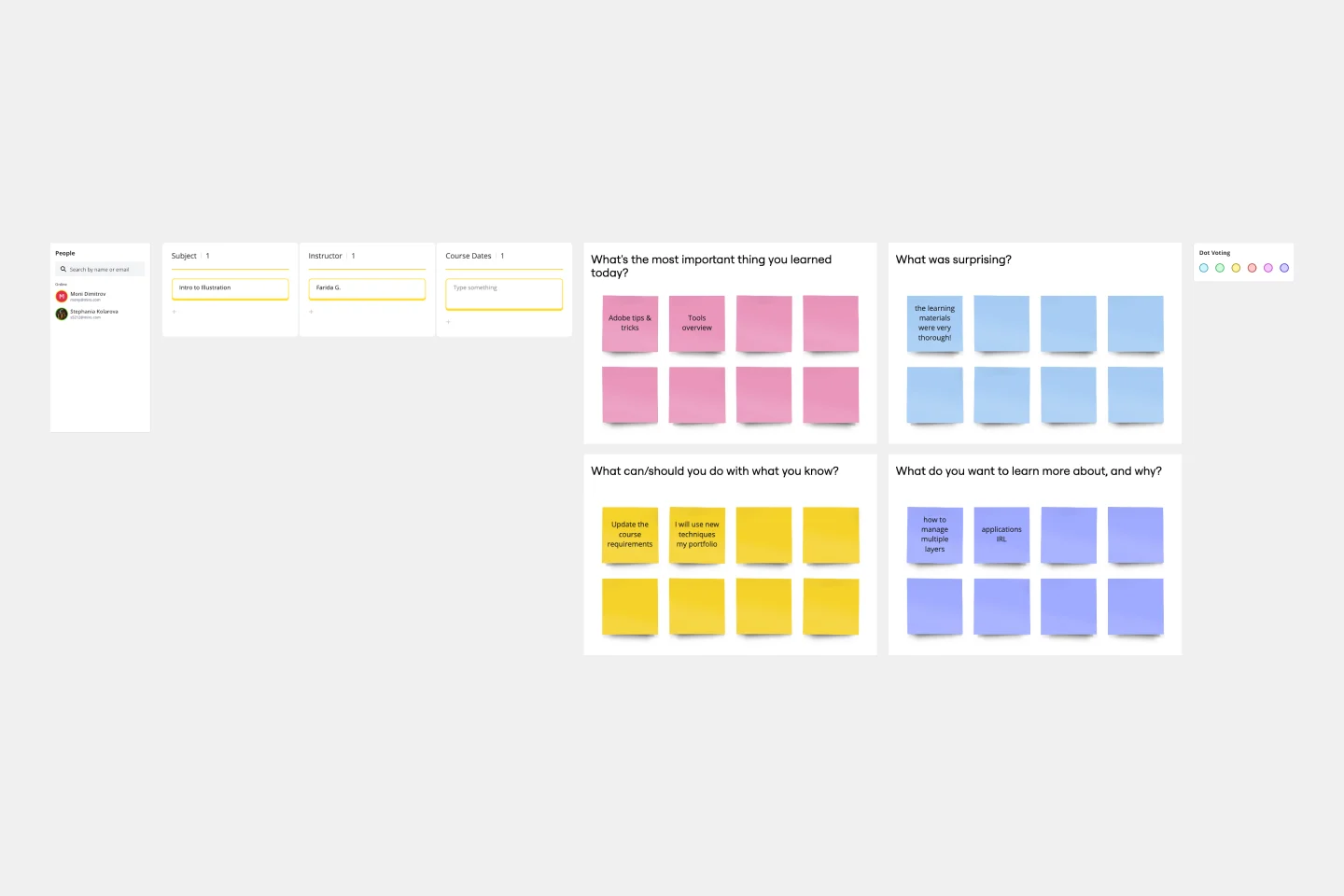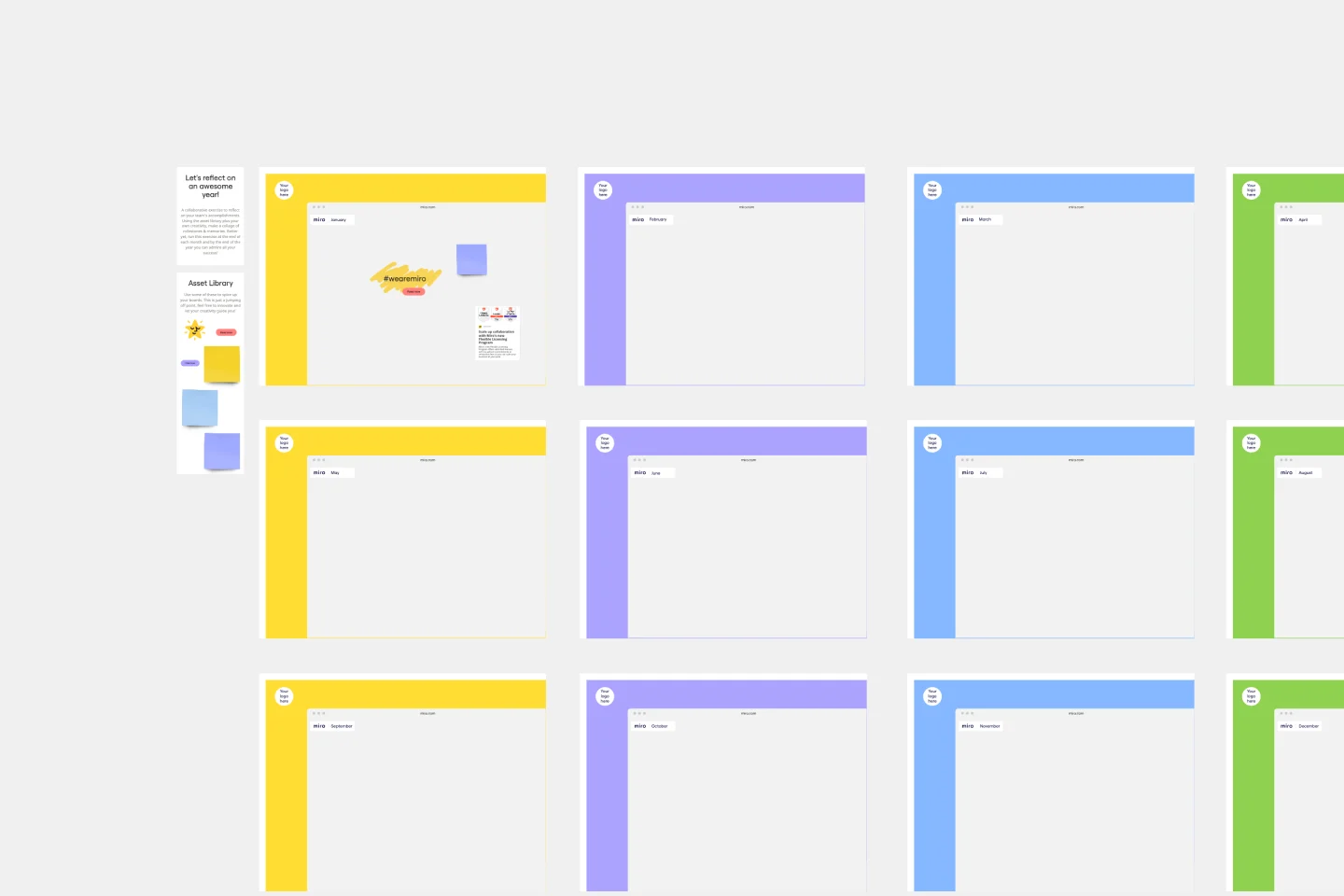About the Lesson Plan template
Teachers can use the lesson plan template as a tool to facilitate their learning sessions, to get more clarity when planning lessons, inform everyone about assignments and align expectations. The template also makes it easy to assess the learning experience, ensure the content was well-received, and check if the lession was effective.
What is a lesson plan template?
A lesson plan template is a detailed description of the learning trajectory or the lesson. It consists of five parts: lesson plan, a summary of tasks, assignment, feedback, and further reading.
These are the key areas teachers often work on with the help of the lesson plan, but details can vary depending on the teacher’s preference or institution. When well developed, the lesson plan reflects the students’ interests and needs, and it’s widely adopted as a best practice in the educational field.
It’s essential to view the lesson plan as a thinking process, not only a template. The lesson plan is envisioned to be a blueprint, a guide map for teaching-learning activities. Teachers should keep it flexible but also follow it systematically as they develop teaching concepts.
When to use a lesson plan template
You can use the lesson plan template at the beginning of the lesson. You can also consider a sequence to the lesson plan to follow up consistently with your teaching plan, and allow students to recall what they have learned and connect to what’s coming next.
How to use the lesson plan template in Miro
You can easily make your lesson plan with Miro’s template. Our collaborative platform is the perfect canvas to create and share with your students.
Get started by selecting the lesson plan template, then take the following steps to make one of your own:
Lesson plan: add here the basic information about your lesson plan, such as topic, date, and learning goals.
Summary of tasks: outline your lesson plan and briefly describe your students’ tasks.
Assignment: this section is where you can describe in detail the lesson assignment and explain to your students what they will do.
Feedback: leave this field for your students to fill, and later on, when analyzing it, you can cluster the topics and identify interests, improvements, and successes.
Further reading: in this section, you can freely suggest additional readings, interesting resources and even add other links and images related to your lesson, be creative!
FAQ about the Lesson Plan template
How do you write a lesson plan?
Write your lesson plan with clear instructional language as it will be a guide map to your lesson.
Please make sure the learning goals are clear and your students understand their assignments. Keep it informal and use a friendly tone of voice to give space for your students to feel more comfortable and at ease when following your lesson plan.
What are the 5 parts of the lesson plan?
The lesson plan template has five parts:
Lesson plan with basic information about the topic
Summary of tasks
Assignment details
Feedback
Further readings




